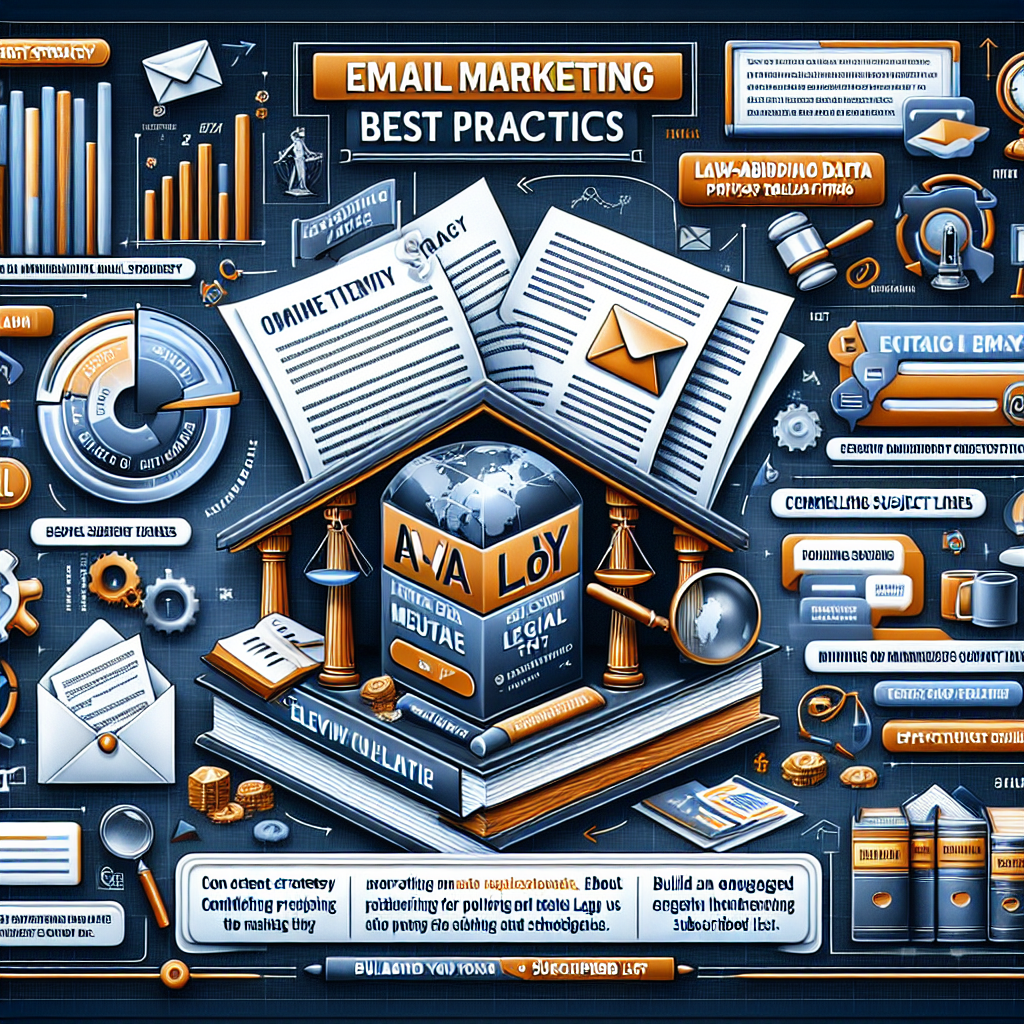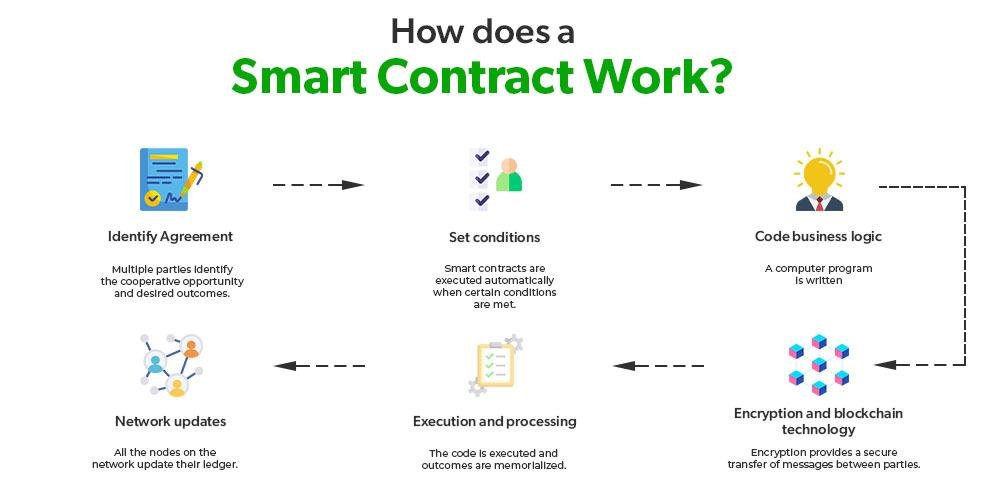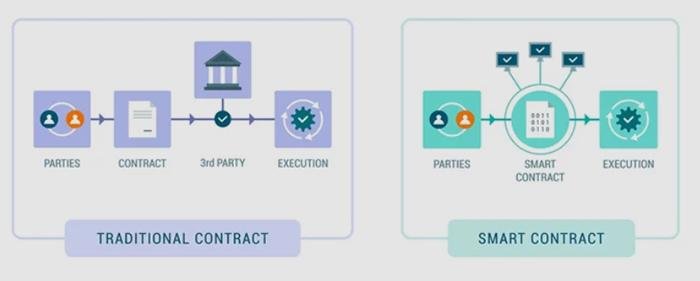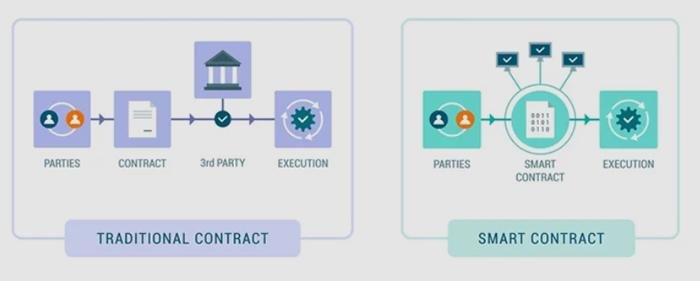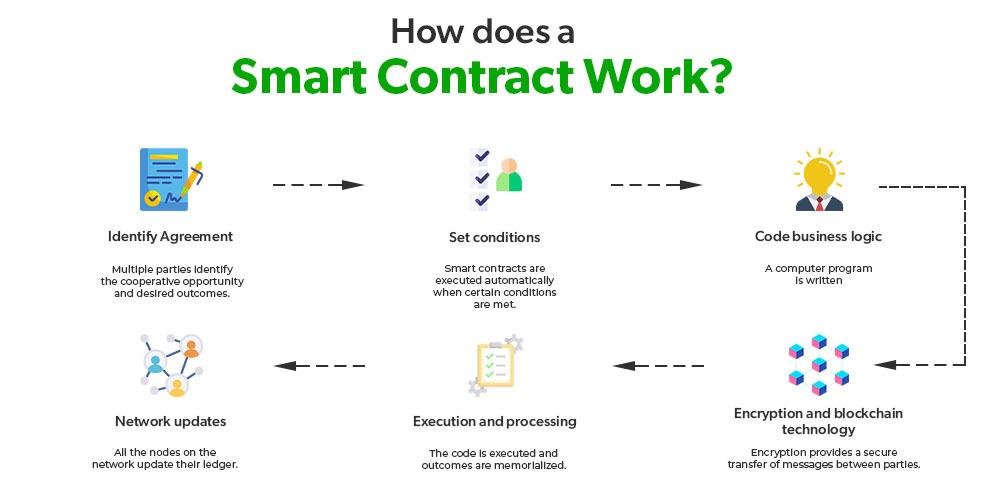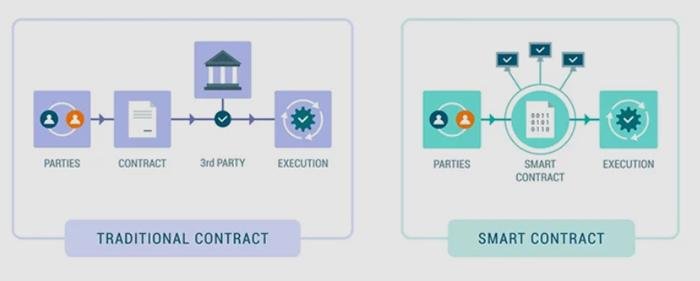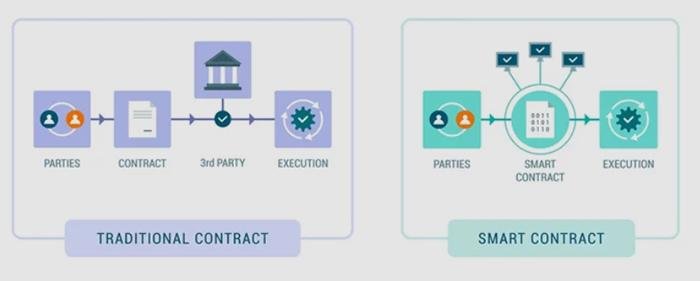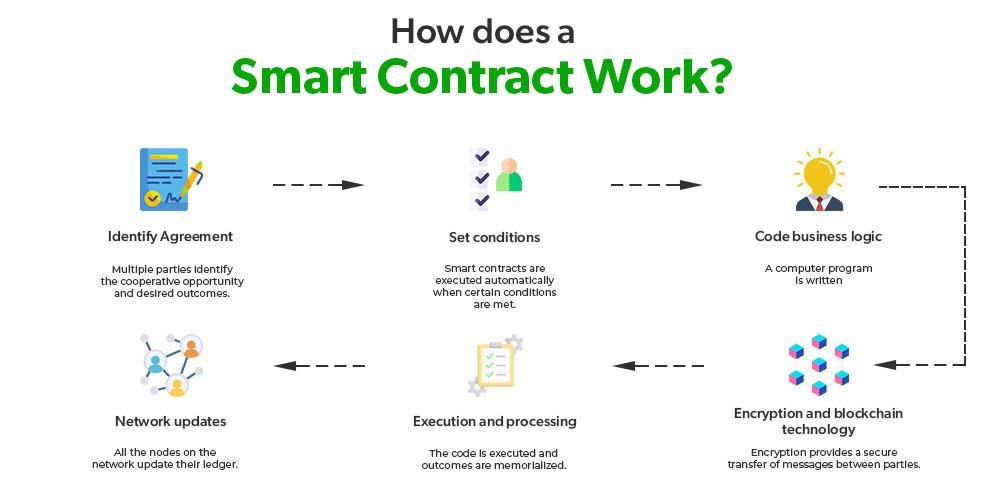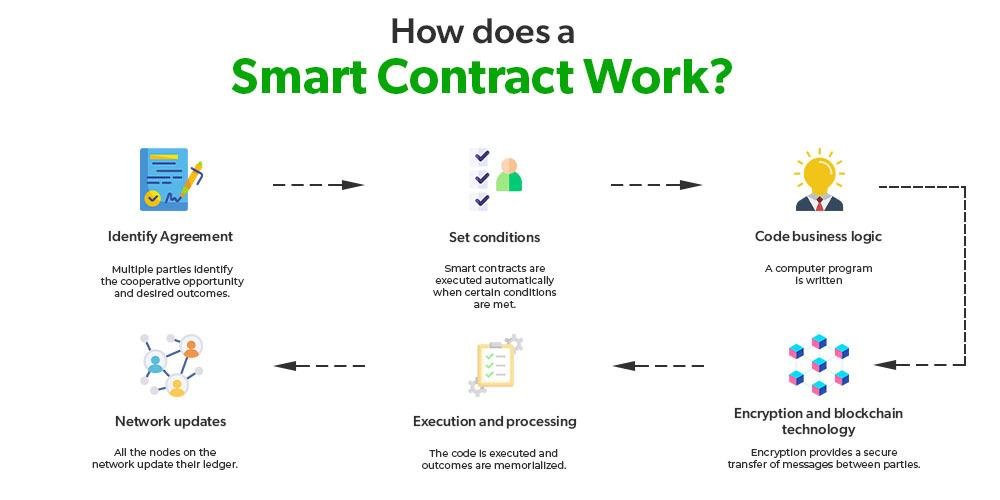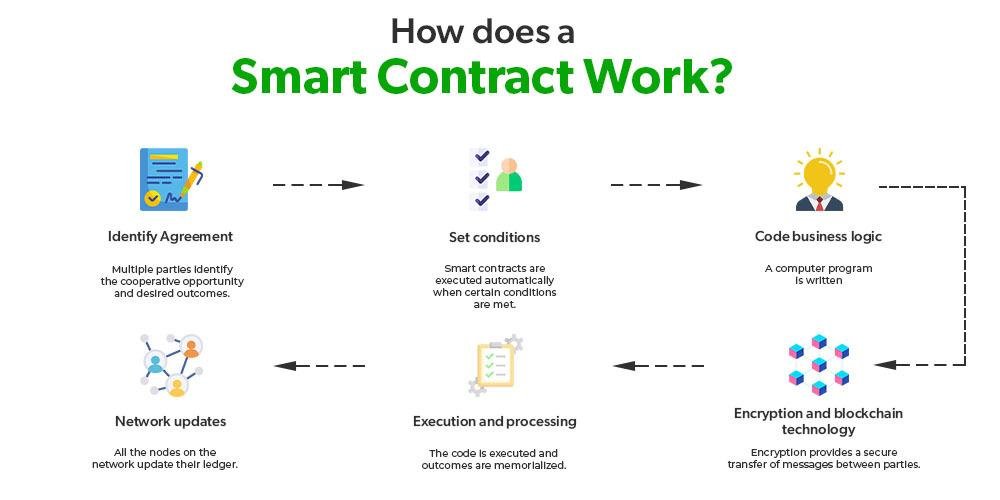The Role of Technology in Anti-Money Laundering (AML) Compliance
The Role of Technology in Anti-Money Laundering (AML) Compliance
In today’s rapidly evolving financial landscape, the role of technology in Anti-Money Laundering (AML) compliance has become indispensable. Financial institutions around the globe face increasing pressure to enhance their AML strategies in order to detect and prevent illicit activities. In this article, we explore how technology is revolutionizing AML compliance, the benefits it offers, and the challenges it presents.
Understanding Anti-Money Laundering (AML) Compliance
Anti-Money Laundering (AML) refers to a set of regulations and procedures designed to prevent criminals from legitimizing illegally obtained funds. Compliance with AML laws is mandatory for financial institutions, requiring them to implement effective systems for detecting and reporting suspicious activities. Failure to comply can result in hefty fines, legal repercussions, and damage to reputation.
How Technology is Enhancing AML Compliance
1. Advanced Data Analytics
One of the significant contributions of technology in AML compliance is the use of advanced data analytics. Financial institutions can leverage big data to identify patterns and anomalies that may indicate money laundering activities. Machine learning algorithms can analyze vast datasets to enhance the accuracy and efficiency of detecting suspicious transactions.
2. Artificial Intelligence (AI)
AI plays a pivotal role in modernizing AML compliance. AI-powered systems can autonomously monitor transactions in real-time, flagging unusual activities that warrant further investigation. By continuously learning from historical data, AI algorithms improve over time, reducing false positives and increasing the identification of true threats.
3. Blockchain Technology
Blockchain technology offers a secure and transparent way to track transactions, making it difficult for criminals to manipulate records. By providing a decentralized ledger, blockchain ensures data integrity, which is crucial for AML efforts. Financial institutions are increasingly adopting blockchain to enhance their record-keeping and auditing processes.
4. Know Your Customer (KYC) Solutions
Technology-driven KYC solutions streamline the customer onboarding process, improving both efficiency and accuracy. Automated systems can quickly verify customer identities, cross-referencing them against global watchlists. This reduces human error and accelerates compliance checks, ensuring that institutions engage only with legitimate clients.
Benefits of Technology in AML Compliance
Improved Detection and Reporting
Technology enables financial institutions to detect suspicious activities more effectively and report them in a timely manner. This not only aids in preventing financial crimes but also helps institutions stay compliant with regulatory requirements.
Cost-Effectiveness
Implementing technology-driven AML solutions can significantly reduce operational costs. Automation minimizes the need for extensive human resources, allowing institutions to allocate their workforce more strategically.
Enhanced Customer Experience
By streamlining compliance processes, technology enhances the overall customer experience. Faster onboarding and fewer false alarms mean clients enjoy a smoother interaction with financial services, boosting satisfaction and loyalty.
Challenges in Implementing Technology for AML Compliance
Despite the numerous advantages, integrating technology into AML compliance is not without challenges. Financial institutions must navigate issues such as data privacy, regulatory requirements, and the need for continual system updates. Moreover, the implementation of sophisticated technology requires substantial investment and expertise.
Conclusion
The role of technology in Anti-Money Laundering (AML) compliance is critical for modern financial institutions striving to safeguard their operations against financial crime. By leveraging advanced analytics, artificial intelligence, blockchain, and KYC solutions, these institutions can enhance their detection capabilities, minimize costs, and improve customer experiences. However, as technology continues to advance, financial institutions must remain vigilant and adaptable to address new challenges and regulatory demands. Embracing technology in AML compliance is not only a strategic advantage but a necessity in the fight against money laundering.
By optimizing this article with relevant keywords and a structured approach, it aims to rank well in search engine results, providing valuable insights to readers interested in understanding the intersection of technology and AML compliance.

































